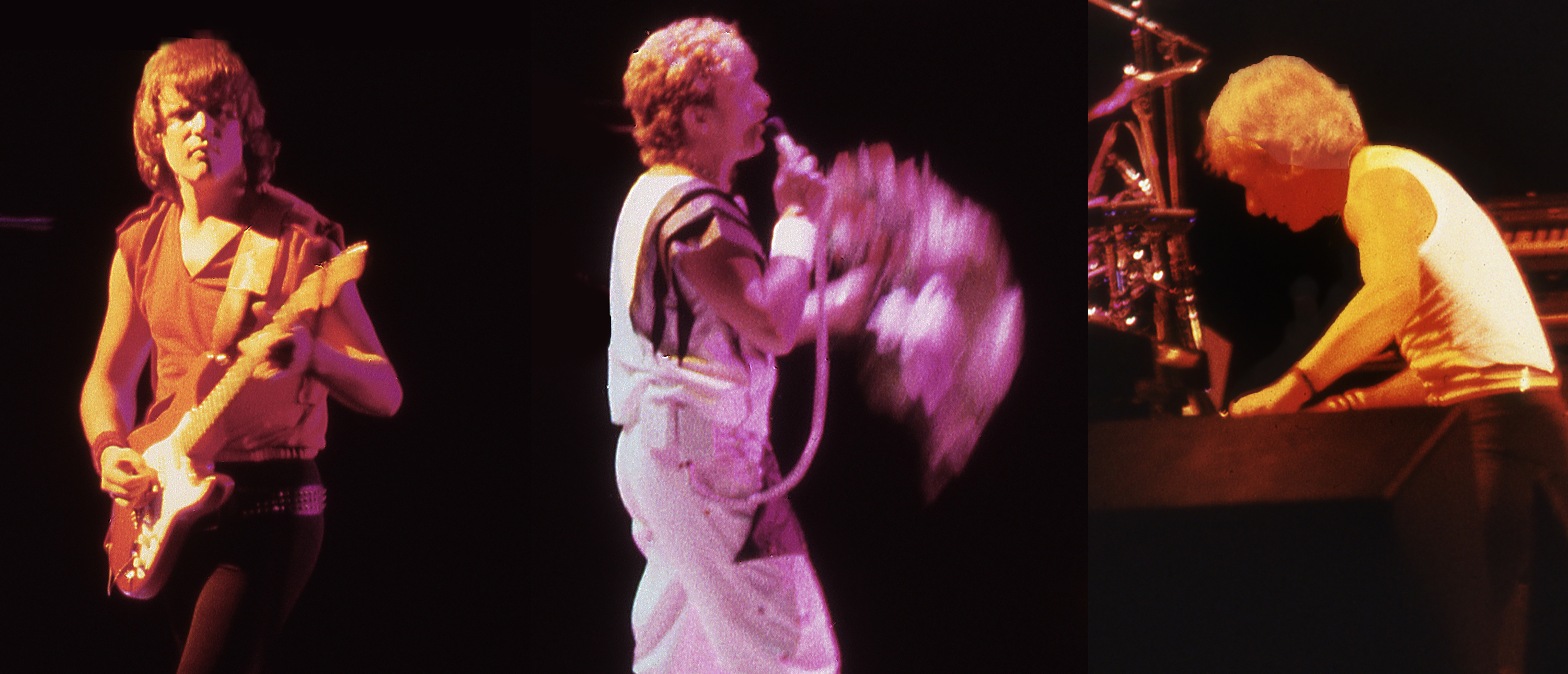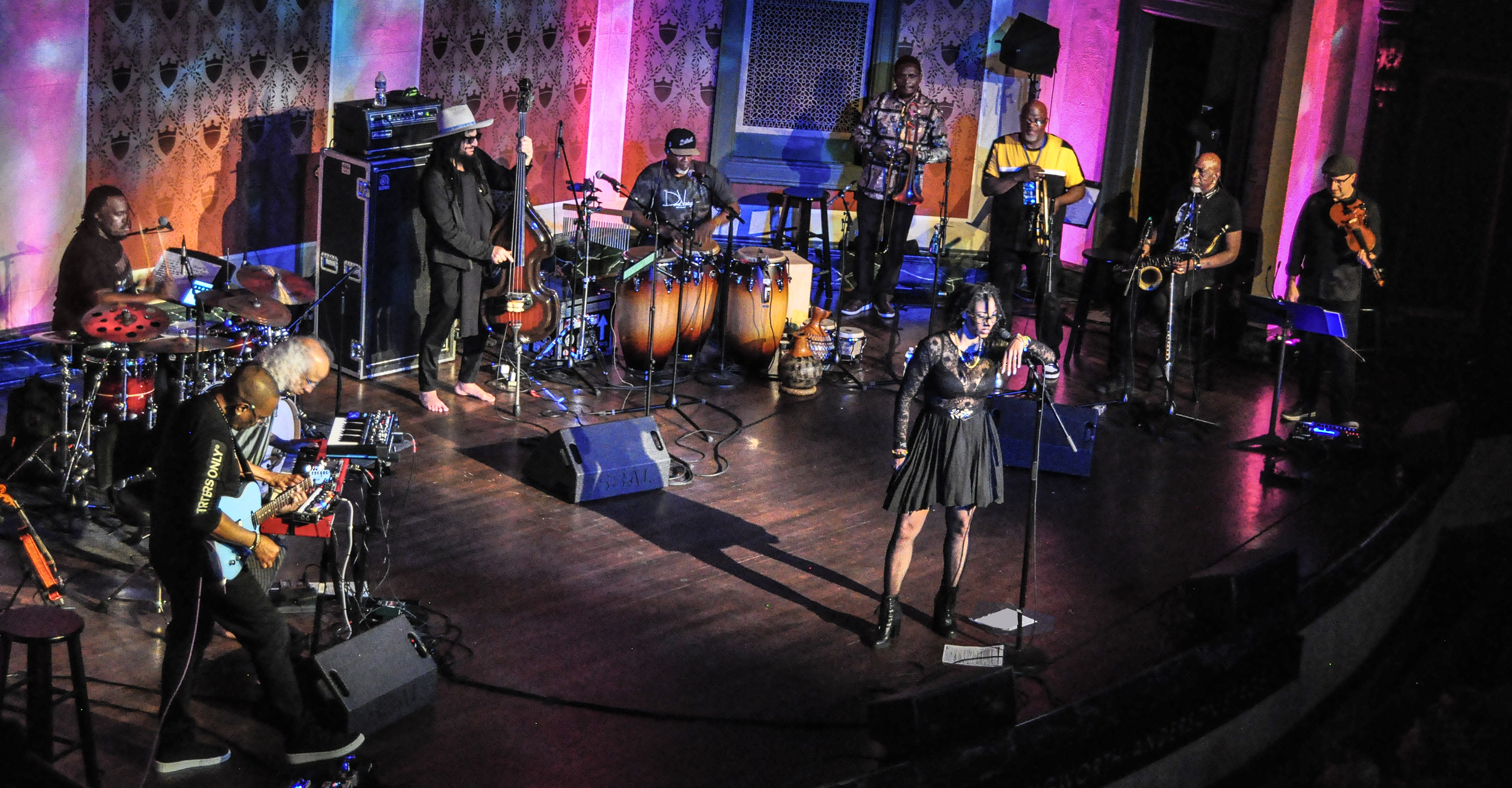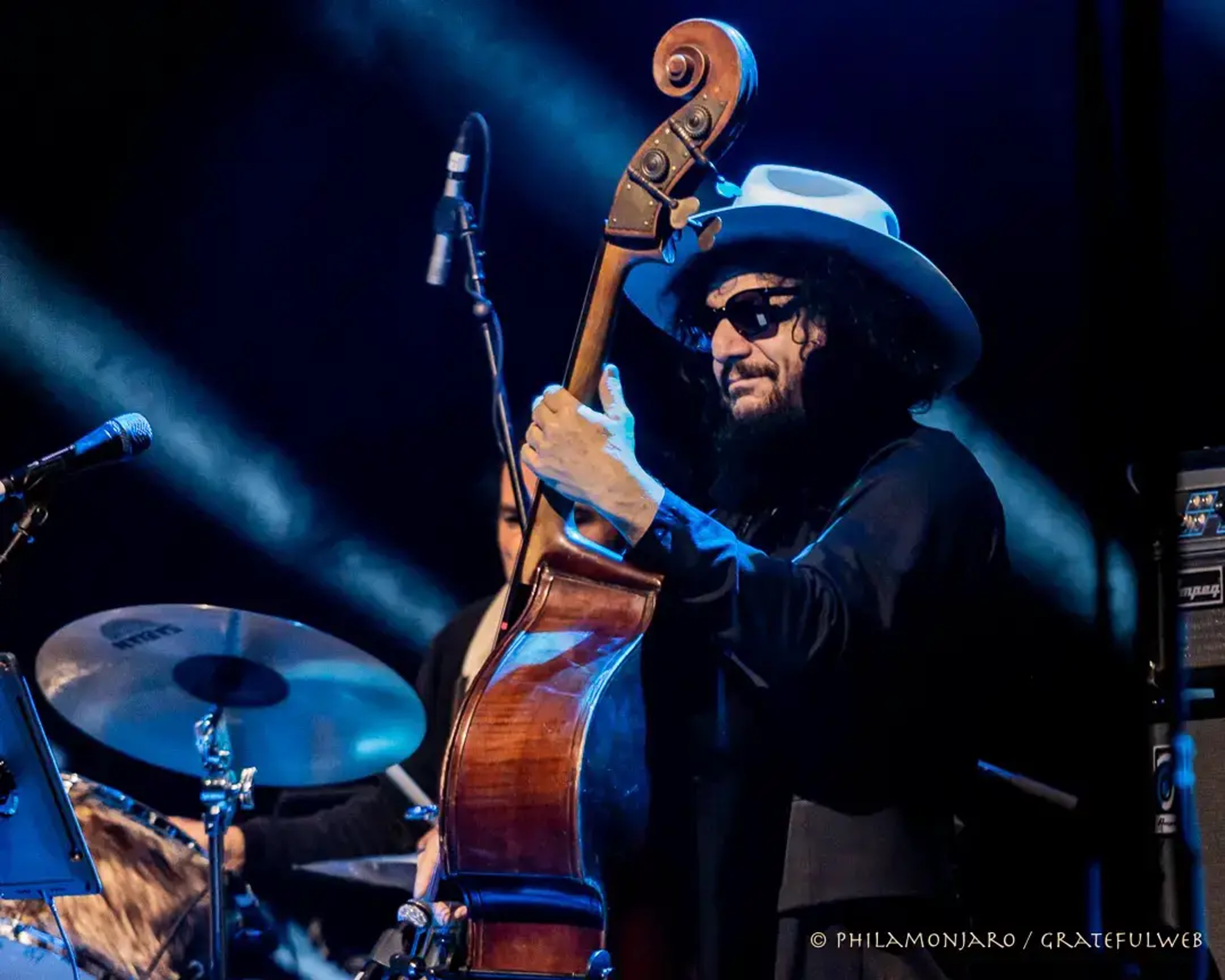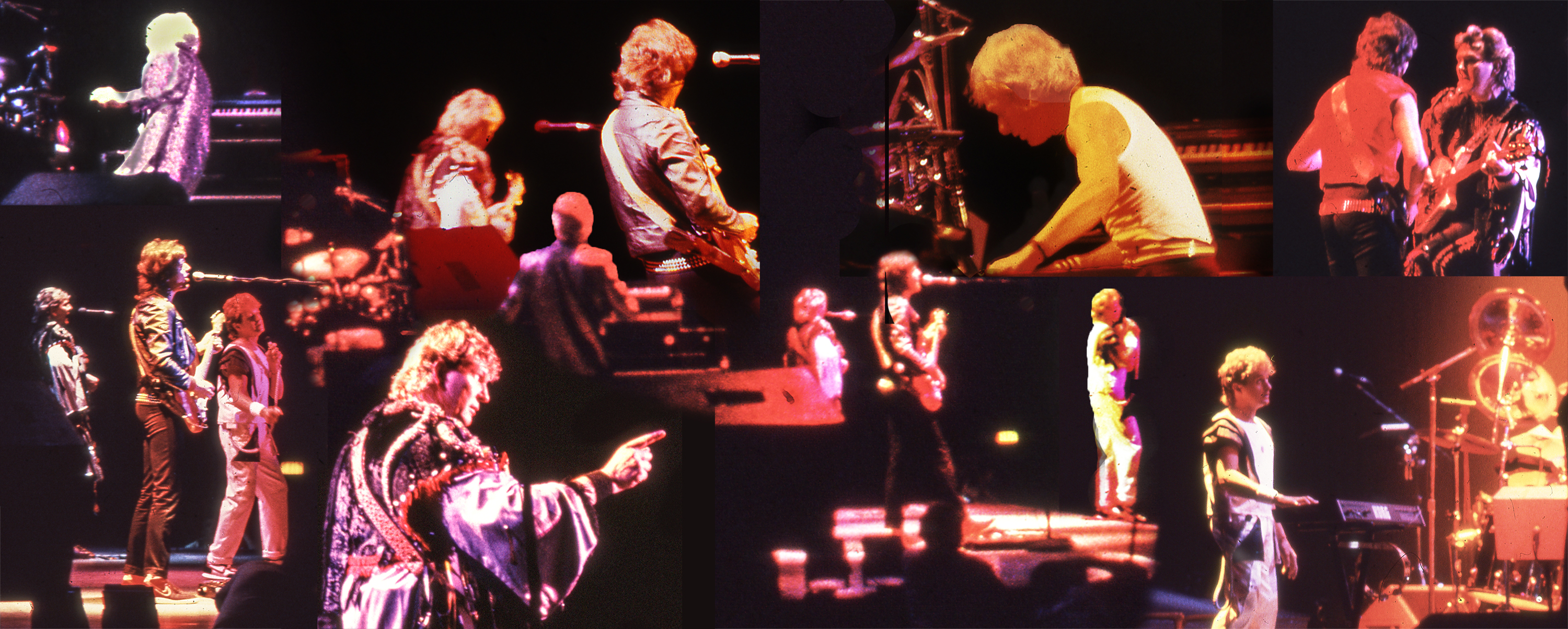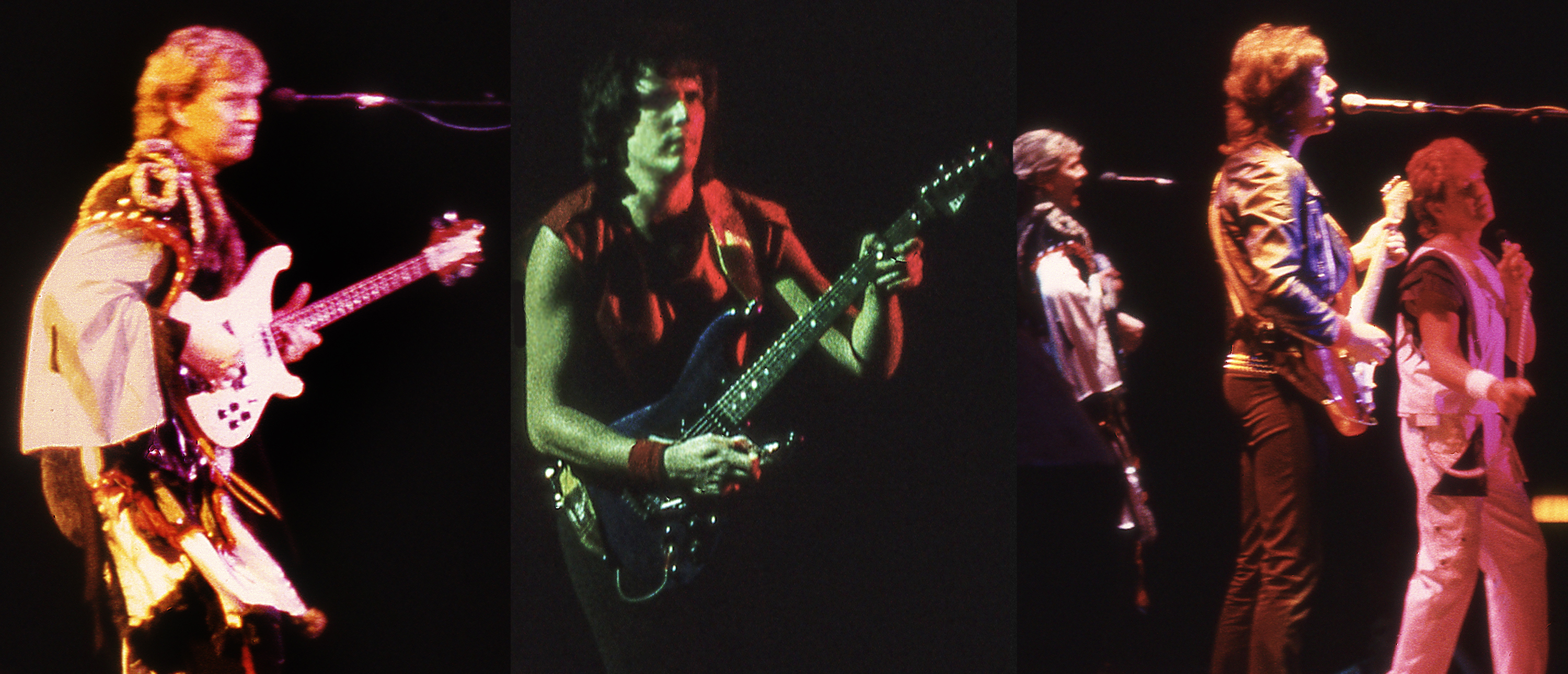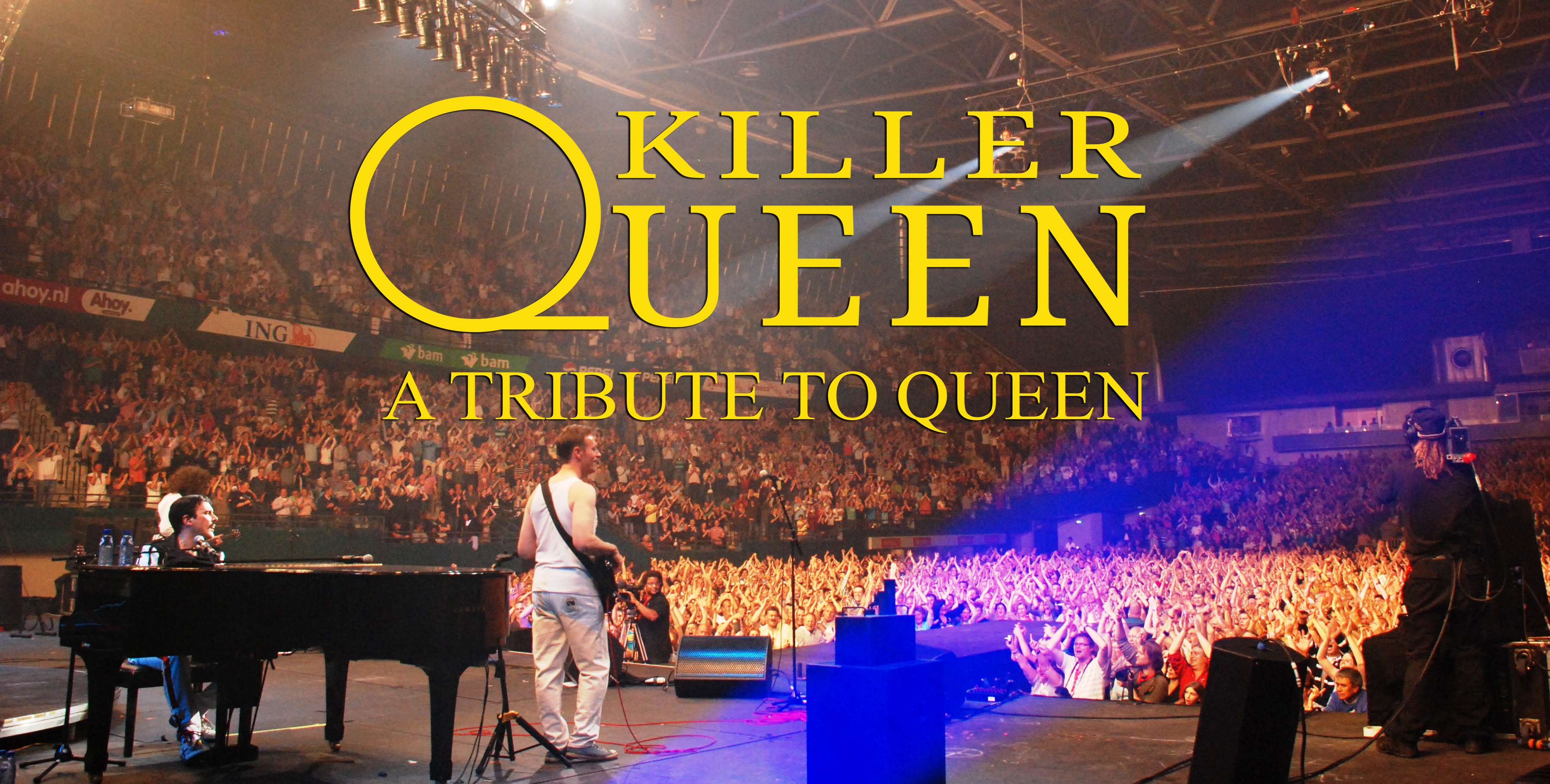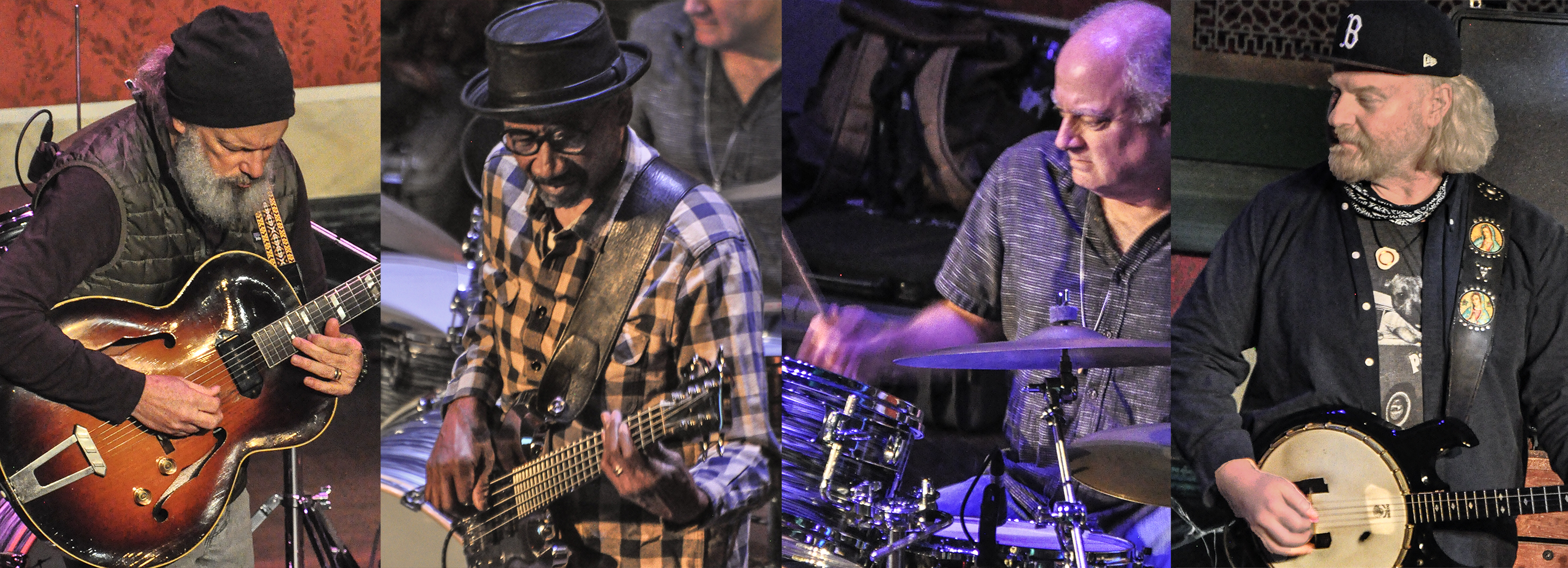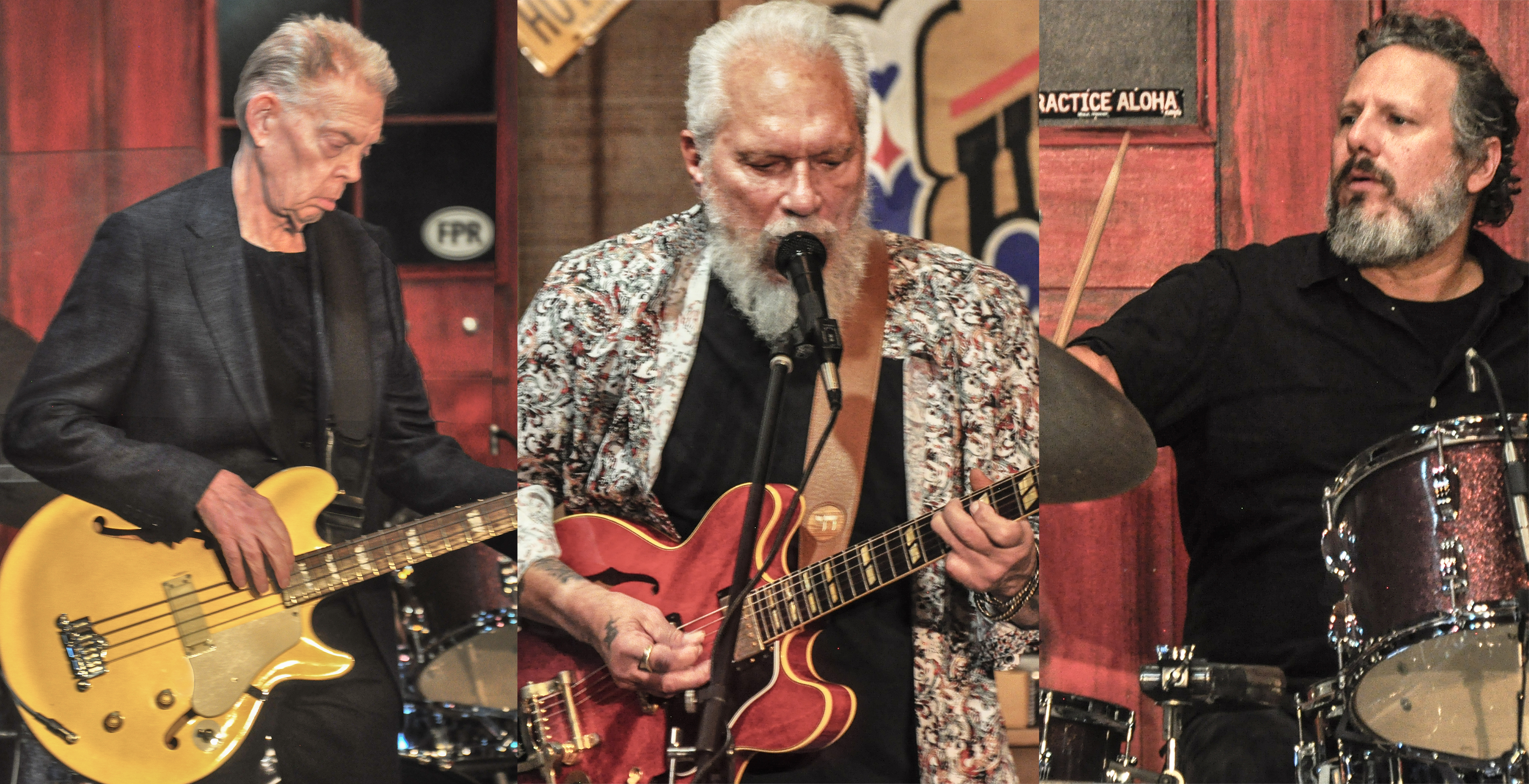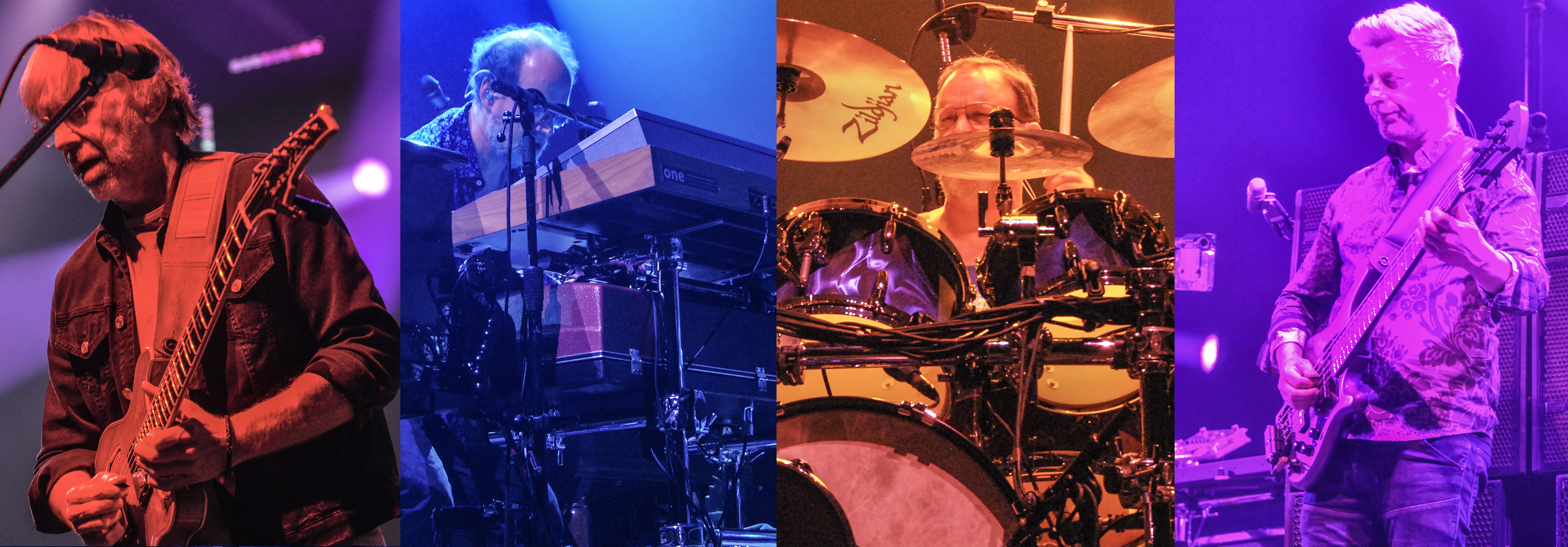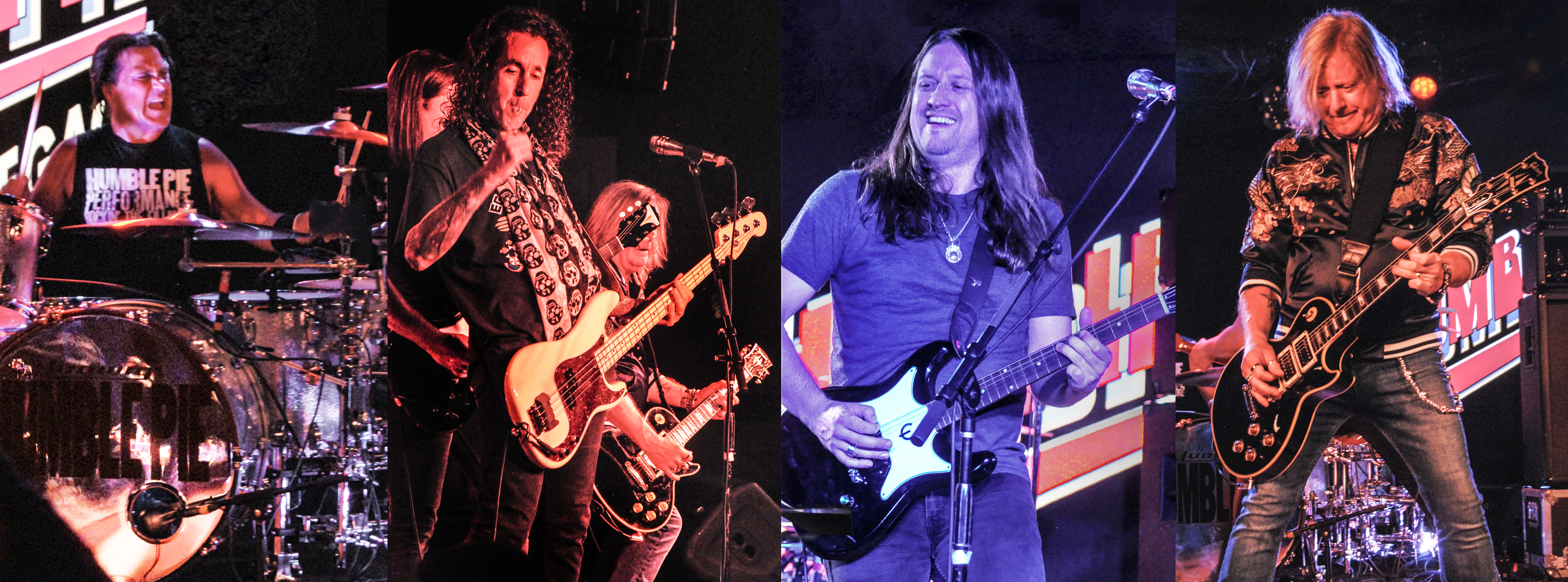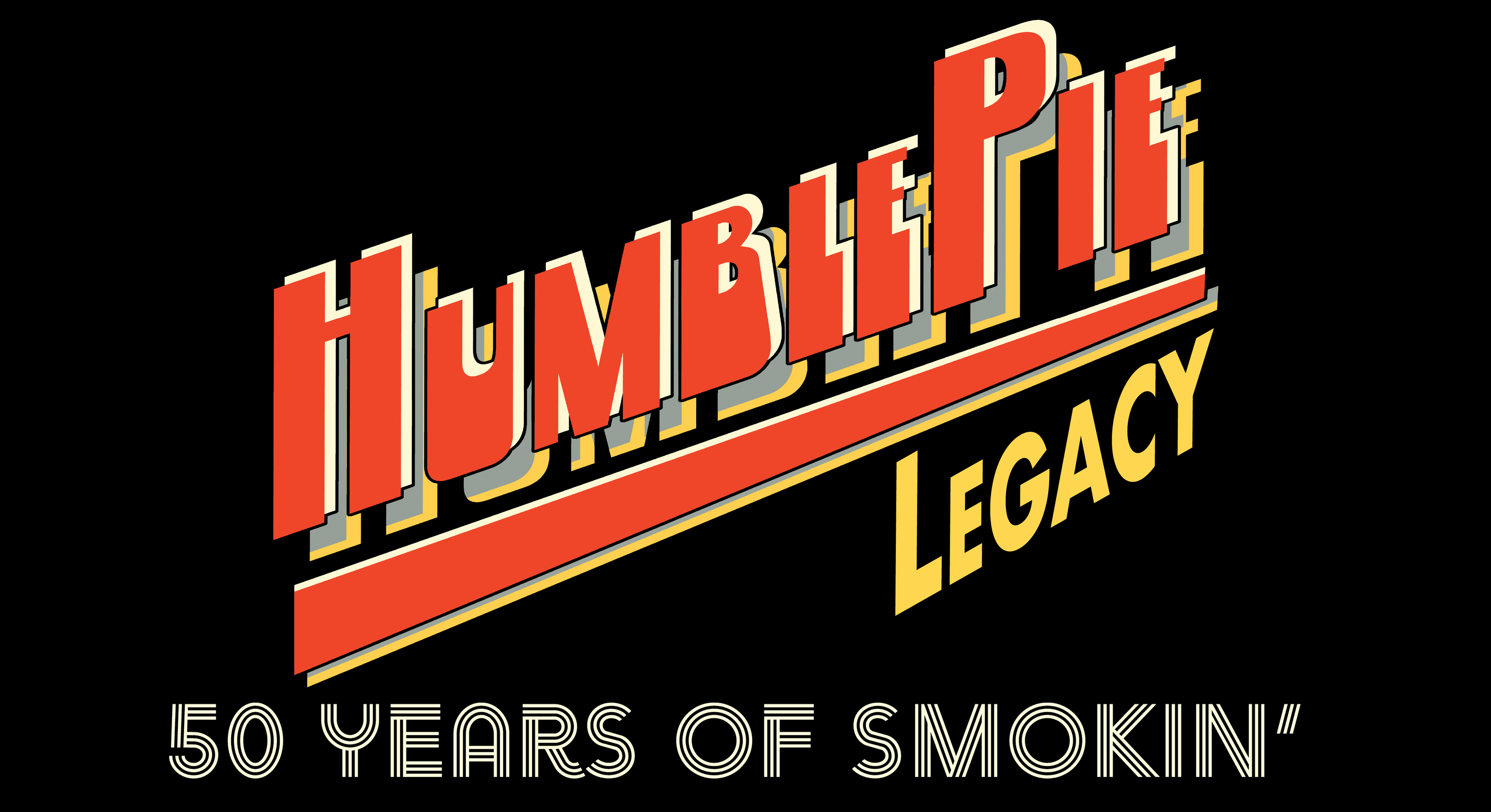Near the end of 1982 and into mid-1983, the working trio of Chris Squire, Trevor Rabin and Alan White – in time, the heart of the born-again British progressive rock pioneers YES – were a band with no name and no record contract. And the 90125 album was still over the next rainbow. But at least, with multi-instrumentalist Rabin now on frets and keys, they had a stronger mission plus a cluster of promising songs.
As the project became more refined, an album certainly felt more within reach. Soon, that working trio realized the need for a dedicated keyboard player, and their solution arrived quickly in the person of former Yes keys man, Tony Kaye. But – even with choosing a new keyboardist – the longstanding Yes game of musical chairmanship would be far from over.
Old connections and loyalties must have run silent and deep for Squire, we’d imagine. So perhaps it shouldn’t be so surprising that his seeming first choice was that first-incarnation Yes keyboardist. In particular, it was already clear to the wily bassist “Fish” that Rabin was already a dominant instrumental personality in the band. So his belief was that someone with a less-busy keyboard style than former Yes players Rick Wakeman or Patrick Moraz would be a better fit with Rabin’s more effusive arena-rock playing style. (In 1980, Rabin had already passed on playing with Wakeman in the first start-up version of Asia with bassist John Wetton and drummer Carl Palmer, so Squire must have already known that was a dead issue.)
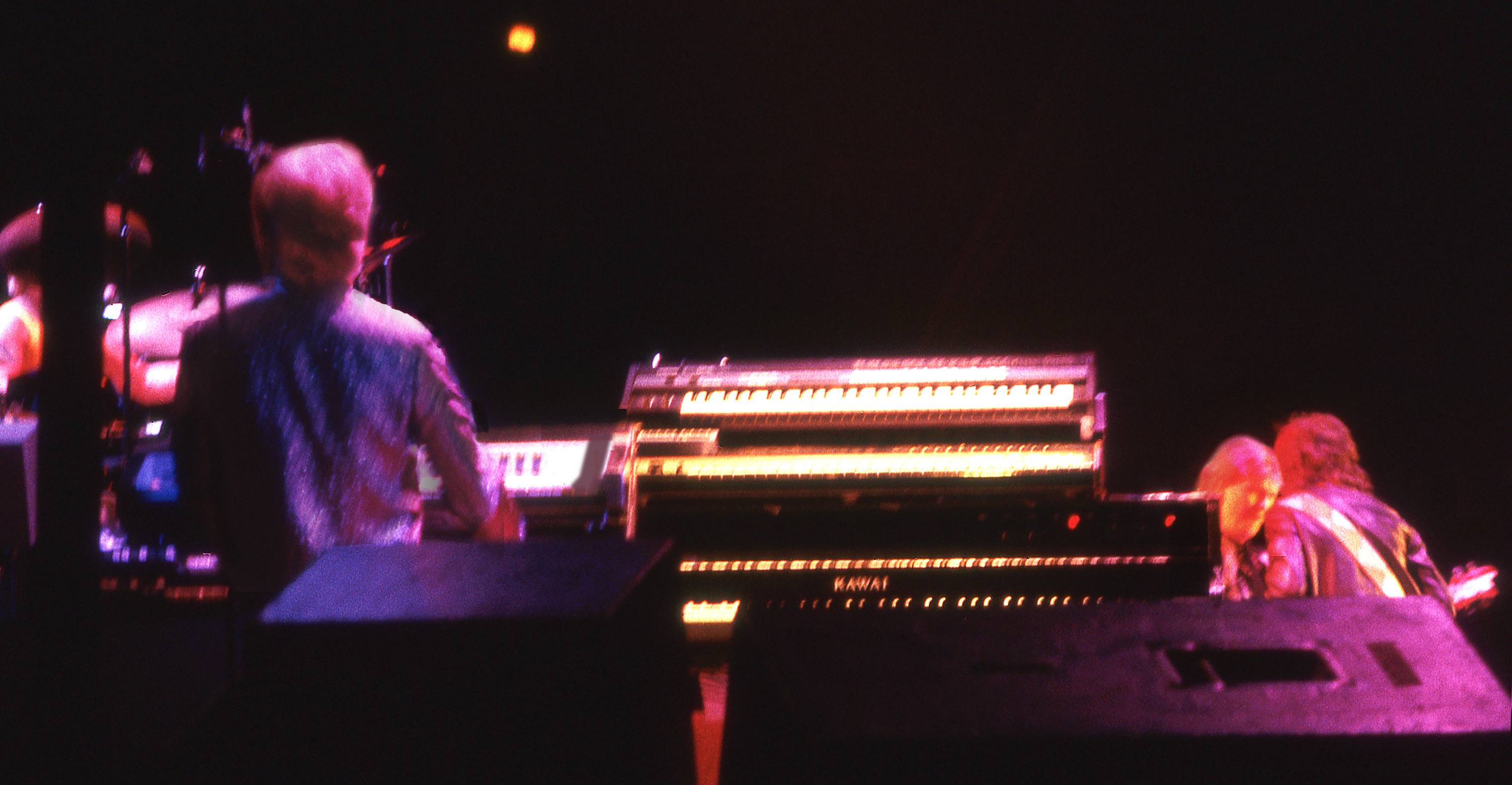
Kaye was Squire’s recommendation. And the bassist’s former bandmate from the early days of Yes– active beyond Yes with his own band Badger and Badfinger, and also hand-picked by David Bowie for the Station to Station tour in the mid-1970s – not only said ‘yes’ but also quickly began to learn the works-in-progress. And he soon began to kick in new elements himself. With three Yes men back on board, the wheels of the now-four-man band did, indeed, begin to turn in the direction of something more hauntingly familiar.
As all the pieces seemed more and more to be falling into place, the new line-up crystallized around the foursome and they christened themselves with a new name, Cinema. Their collective intention was to set themselves apart in the minds of the public as a wholly new musical identity that was not Yes.
“One trick and you're stuck with the dice. . . ”
Yet – as so often would happen within Yes world – friction began to rear its ugly head at various points. Near the end of pre-recording rehearsals, for example, Rabin had had his first doubts about the project after Squire’s head-scratching suggestion of bringing in former Yes lead singer Trevor Horn again as a possible vocalist. (The one-time Yes singer had not yet been offered the production gig.)
In Squire’s mind, it was more the untried concept of vocal sharing than having a distinct front man, but that idea caused discomfort for Rabin, who was a lead vocalist on several of his own songs. Most likely sensing the guitarist’s resistance, Horn did a quick fade and didn’t show up again. Then Rabin relaxed and continued working with the other three in purposeful harmony.
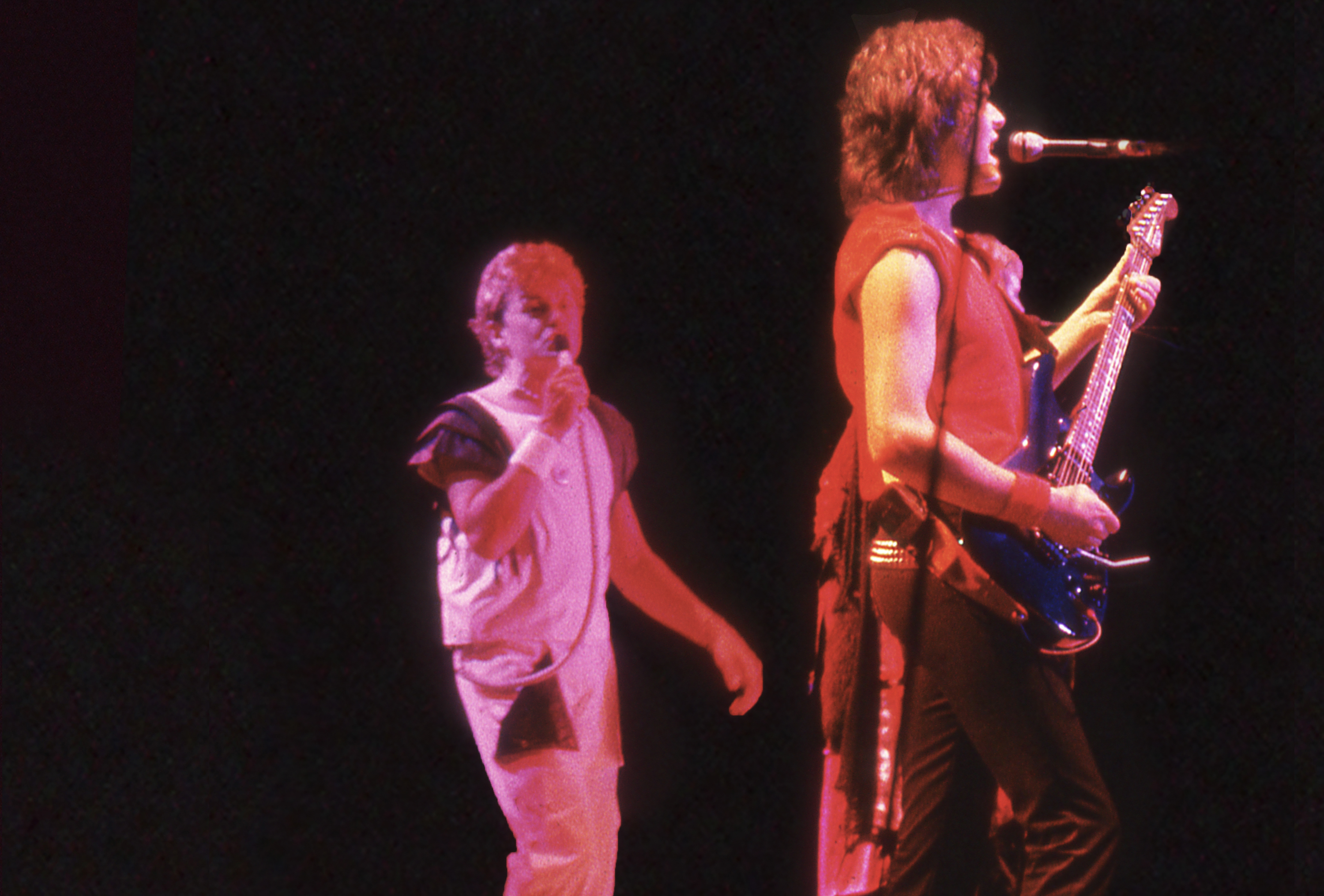
As arrangements were perfected and the time for recording had arrived, Cinema then began a spotlight search for a top producer to fashion the songs into an album. Several marquee-name candidates – including Bob Ezrin of Alice Cooper, Peter Gabriel and Pink Floyd fame – had come around for wining and dining. But, in the end, “Fish” cast his line once more in favor of Trevor Horn. Perhaps the now-in-demand producer had been Squire's pet pick all along.
Accounts do vary but Horn had reportedly not been keen on the project, perhaps remembering his unglamorous departure from the band as singer only one year before and his less-than-welcoming reception during the new vocal audition. Horn’s own music-executive wife Jill Sinclair had once urged to him seek his fortunes in production and not performance, saying that he could conquer the world as a producer. So, even if the band didn’t yet have a record deal, “the Man Who Invented the ‘80s” did sense a potent opportunity. And – certainly seeing that Phil Carson was the money man – he would soon lean into it.
The members of Cinema would need a bit of salesmanship, however. For example, Rabin and Kaye were said to have reservations, but, in time, both would come around. Then Horn got an official offer and the band quickly got to work. Once Horn was on board and trying to get his arms around the project, cracks started to form with some of the team.
Tensions first arose between Horn and Kaye over adding more synths and instrument-digital interfaces, but also between him and White over usage of a Linn Drum Machine in place of live drums in various places. And, as a co-writer of the Buggles’ 1979 smash #1 hit “Video Killed the Radio Star” and an experienced producer of contemporary pop music, Horn had learned a thing or two about making hit records. So he was quite keen on asserting his own sound and vision.
Kaye had always considered himself a traditional Hammond B3 organ and piano man, and, true, he had played a bit of ye olde Moog synthesizer in the first Yes era. But that was about as far as he was inclined to go. (He plainly didn’t aspire to the orchestral heights of his successors in the band – Wakeman, Moraz or one-album stand-in Geoff Downes– and their massive keyboard arsenals.) Horn had been pushing Kaye to shake off his “old” thinking and to embrace the more compact-but-versatile Fairlight CMI and other emergent tools. But the old-school keyboardist resisted and Horn’s frustrations grew.
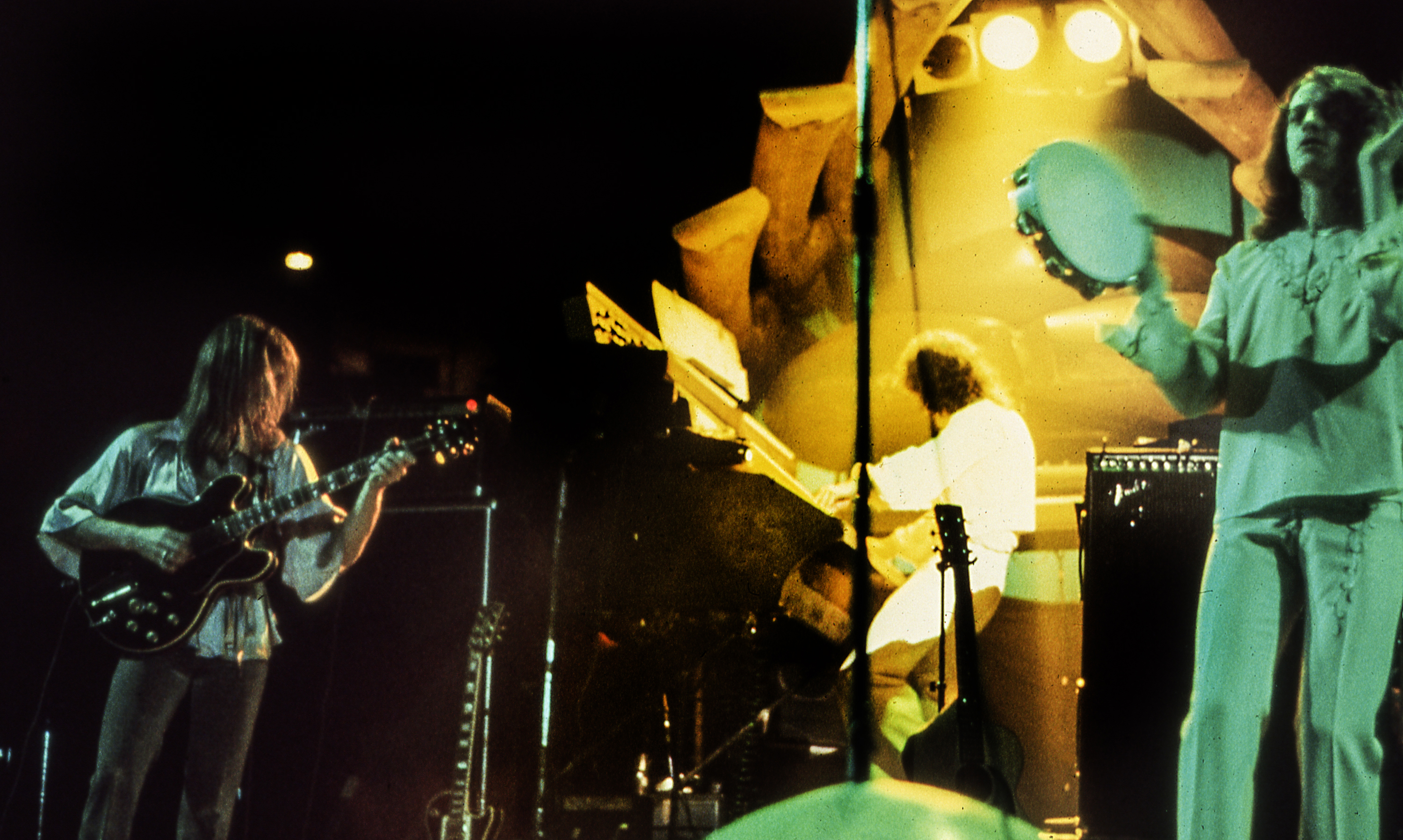
White was said to have been somewhat more amenable to Horn’s steering. For example, after a bit of bantering, he agreed to playing with a more stripped-down set on certain songs and to tuning his drums to achieve a crisper Stewart Copeland-Police snap. With Kaye, however, things got pricklier. Disagreements had soon brewed to the point that Horn simply wanted to drop him from any further recording, even if he would have wanted to stay on as a touring member.
Reportedly having taken offense at Horn’s Plan B, Kaye abruptly decided to leave the band just prior to the band’s recruitment of their permanent lead vocalist and the last phase of recording. For his part, Rabin had had some chafing of his own with Horn but learned to look past it for the sake of the project, and his rapport with the producer did grow more trusting over time. Together, they fleshed out more of the keyboard parts. The question of fixing the live line-up would be revisited later.
“Wait! Take your time/see it through. . .”
The last big existential question to be answered loomed large: Who will become the band’s lead singer? Squire’s suggestion to bring in Horn before might have been pitched as a trial balloon of sorts, and they had taken a bit more time to ponder the solution. But it wasn’t long before a more radical idea came to Phil Carson: Why not invite Jon Anderson in for a try?
Indeed, why not? As with Squire’s old loyalties, there were evidently also some well-burned in “Fish” grudges. Although Carson suggested opening the door to Yes’ founding vocalist, who had previously departed under the most bitter conditions in 1980, Squire himself had deeply mixed feelings about Anderson and initially held off. But Carson – a longtime music marketing man who knew that a known product would be easier to “sell” than starting over from scratch – had felt there was a huge plus in having that singer’s familiar voice in the mix. So he went ahead and made contact, leading to that crucial moment when Squire and Anderson would finally meet again.
Carson arranged the “peace talk” phone call, and Anderson was intrigued after learning how far into recording they had gotten. The singer actually first heard the demo playback in Squire’s car later that day and was suitably impressed. So he joined Squire in the studio from there and put down test vocals to the working mix of “Owner”, which had been set aside while the album’s other backing tracks had all been completed. All agreed – though still with some hedging – that having Anderson behind the mic again was an inspired solution, and his voice would be the perfect addition to this Prog Trek: The Next Generation-style project.
When Anderson accepted Carson’s and Squire’s invitation to come listen, and then likewise had embraced their lead vocal offer, various accounts say that Rabin also joked that it also seemed like he was being “fired” as lead vocalist. Certainly, any anxiety about losing that firewall between that old Yes mystique and their new project would be understandable. After all, Rabin had invested so much of himself in being part of a new musical entity, not to become a tribute to antiquity. Still, it wouldn’t be long for everyone to realize that Cinema – with Anderson’s voice and contributions on most of the album’s tracks – was about to transform into Yes again.
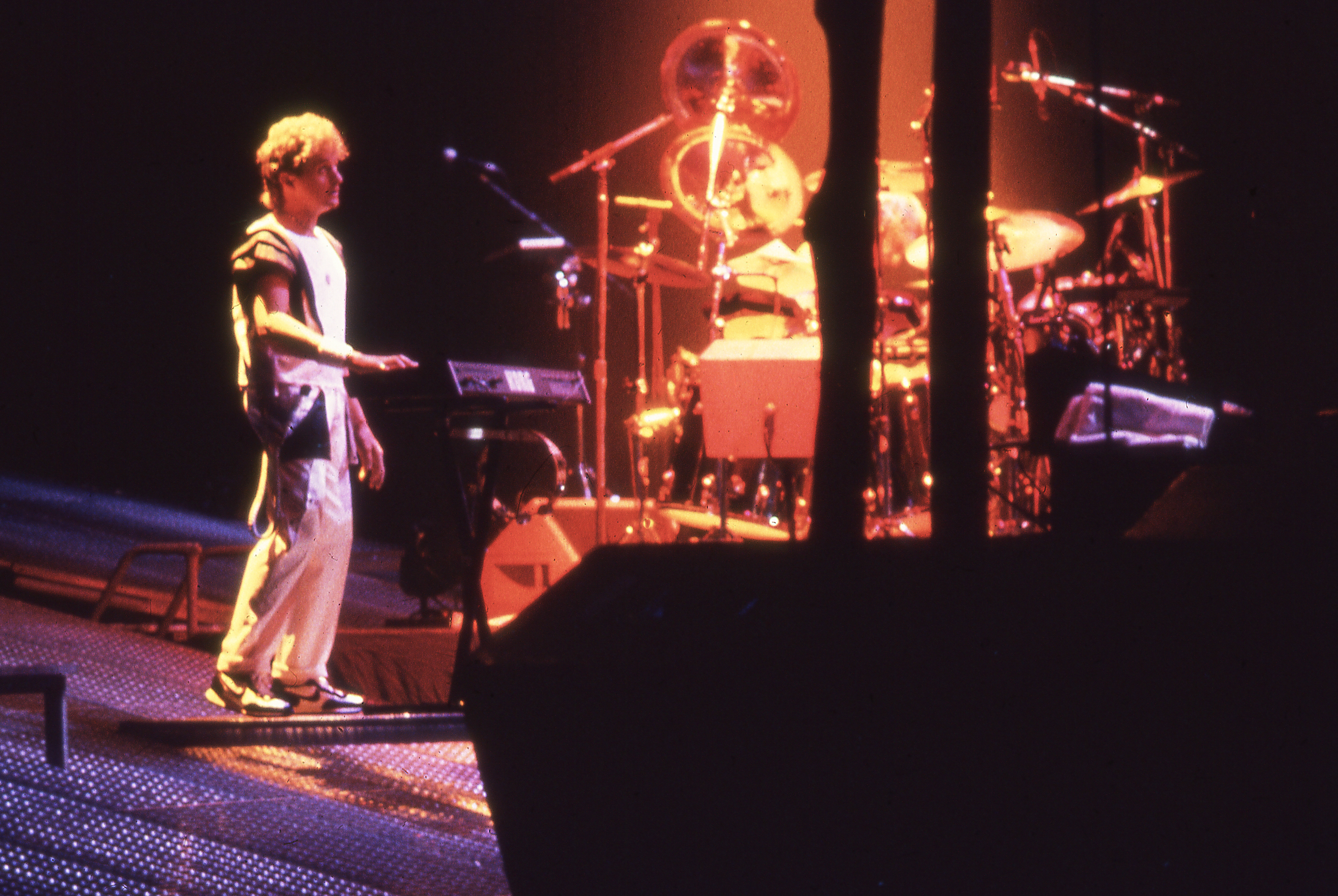
So “Jon = Yes” might have been every fan’s natural assumption (Maybe yours, too?), but the band didn’t just magically become Yes right then. They might have even continued as Cinema, until word had gotten out about their born-again line-up of former Yes members and Anderson’s return. A major letdown hit them when ‘white mail’ arrived with legal notices that other bands already had dibs on the name Cinema. (Yes – multiple bands!) In some cynical circles, speculation had burbled that Cinema was really just a ‘false flag’ anyway and that it was always going to be Yes. But perhaps that was just some people’s overly colorful imaginations.
So, without even barely pausing to brainstorm a new name, that wise old music sage Carson once more made the perfect pitch: Why not just call the band Yes? And, in fairly short order, that’s what they decided to do. The double-plus good part was that it was enough to win them a new record deal with the Atlantic Records subsidiary, Atco Records, and Carson was able to recoup all of his good-faith money.
From that point forward, with a new chef in the kitchen, the songwriting recipes had become even more mixed than before. Rabin’s original lyrics had been tweaked here and there up to that point, and Anderson’s entry brought further menu changes. As the prospective songs were boiled down to the final nine on the album, parts of some unused songs would be recycled or kept for later use. But the album itself became leaner and less fattening, and the lyrics were crisper and easier to digest. In the end, nothing on the finished 90125 was accidental or an afterthought. Every song earned its place in the soup.
“Fish” himself landed one of the big radio winners on the album (and one of my personal favorites) with “It Can Happen”, which had grown slowly from a rough idea early in the project. Like Rabin’s own raw songs, “Happen” underwent many nips and tucks – such as the addition of the Rabin-performed electric sitar intro and his stratospheric, Strat solo mid-section – to become a transportive, meta-Floydian centerpiece on the album.
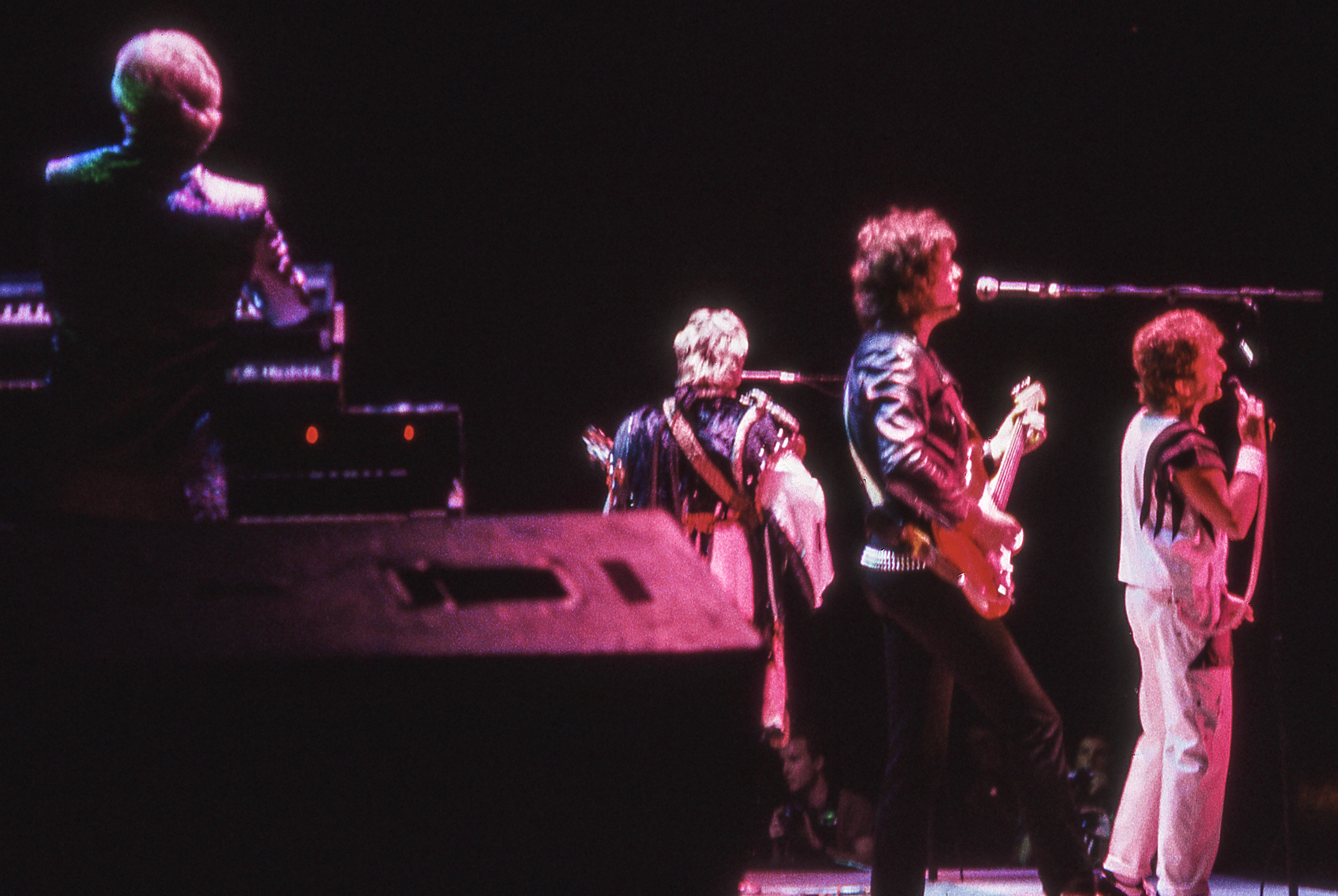
The sweeter, more orchestral power love ballad with a heart of six-string steel, “Hearts” was one of the most truly group efforts, with the song form developed first by Rabin then smoothed out by Kaye. Then came the later perfection of its main and counter melodies by Rabin and Anderson, and the singer’s freshly-drafted lyrics. And “Fish” – of course – also left his mark on the arrangement. The epic, soul-stirring song was selected as the album’s closer, and with its many emotional lulls and peaks – not to mention its strong Anderson presence – it would provide a grand and perfectly poetic capstone to the album. And perhaps, for all those reasons, it seemed like the album’s most Yes-like song of all.
In the final months, with a few major keyboard parts left to finalize after Kaye’s departure and Anderson’s arrival, Rabin came to the rescue to fill in some of the major keyboard lines for the final mix. And in a few other places where they desired to use sequenced patterns to flesh out the sound, the team also resorted to some outsourcing. Dave Lawson – the old XYZ bandmate of Squire and White – was one of the hired guns brought in for programming of digital parts, and a second was Jonathan Jeczalik. So the album would get shinier and shinier, day by day and month by month.
“Good timing has its good price. . .”
Funny, isn’t it, that one of the oldest songs on Rabin’s demo cassettes and the one with the most evident hit potential – “Owner of a Lonely Heart” – was also among the last songs to be committed for 90125?
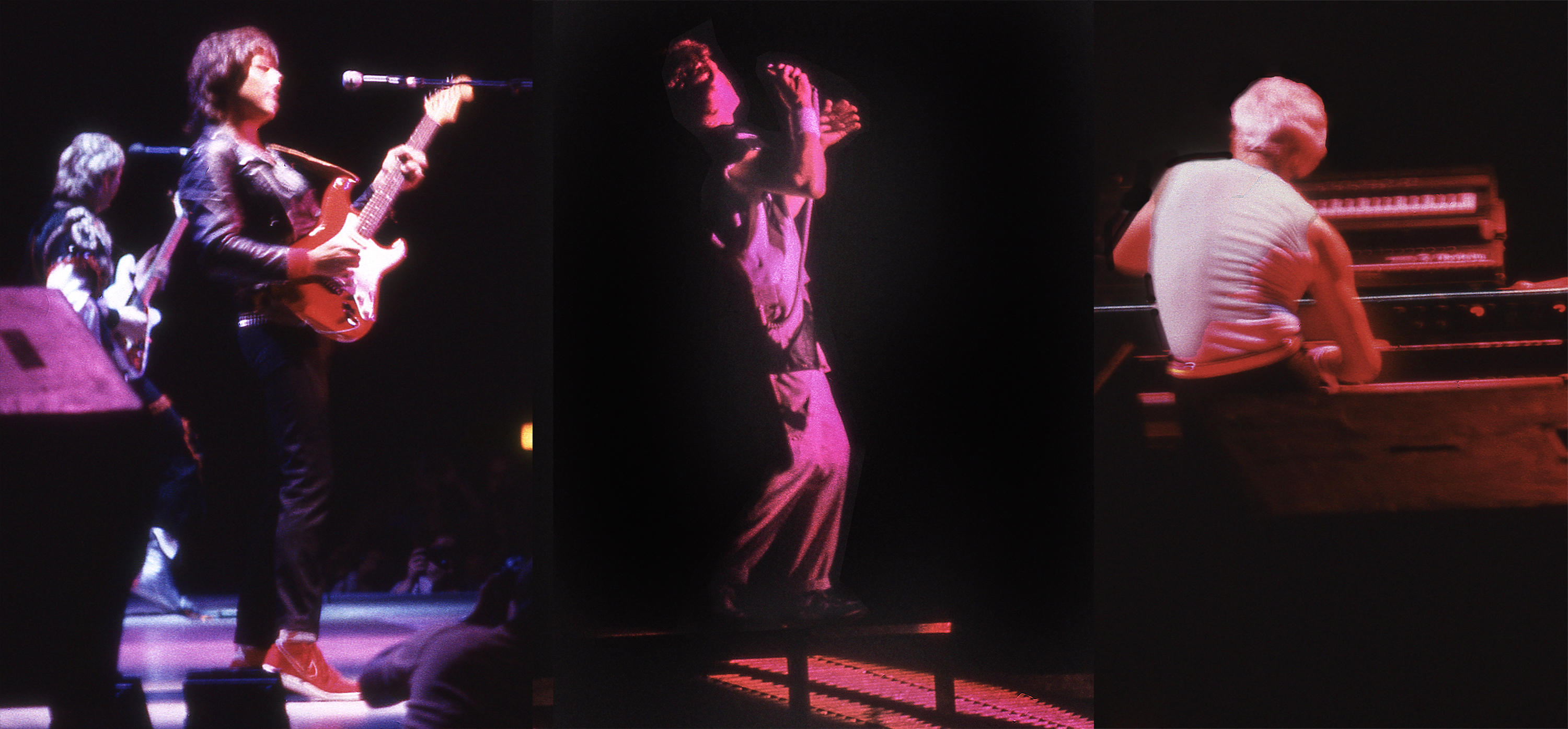
“Owner” was the first song to which Jon Anderson had added his vocals in the spring of 1983, but tweaking continued for a while, with different members suggesting a bridge change here, melodic changes there, changing some ‘stupid words’ in various spots and continuing to wrangle over the audio processing.
Essentially regarding it as a lighter-weight pop tune, some band members were said to have been initially resistant to it. And then, others – such as its author Rabin – still believed in it but had given higher priority to tackling other tracks first, then coming back to it. But, most of all, it was producer Horn – keenly aware of its hit qualities after first hearing it on Rabin’s demo tape – who championed “Owner” and kept pushing the band to do their absolute best on it. And, of course, it would become the lead single.
The last song, however, to be completed was the densely-layered, ‘Voices-of-the-Angels’ track “Leave It”. At its core, it was a collaboration between Rabin and “Fish”. Interestingly enough, although his voice plays a prominent role in the harmonic layers, Anderson did not provide any substantial tweaking. And it’s also a song on which White had given complete ground to Horn’s direction and had refrained from playing live drums. With its ‘drier’, compressed drum machine sounds and sampled fills, the percussion track was clean and precise. So it left plenty of frequency headroom for the ping-pong vocals and percolating guitar, keyboard and bass parts. Again, it became clear that producer Horn – who had earmarked the song as a single – knew exactly what he was doing.
So much sweat and polishing – all that creative ‘push-pull’ – had gone into the creation of 90125, and in the fall of 1983, it was coming down to the wire. And – yes – the men of Yes had finally gotten to that finish line, first releasing the advanced “Owner” single on October 24, and then the full album on November 7.
Looking back on their accomplishment with the benefit of time, Rabin remarked in a fairly recent music interview that every bit of that perfectionism mattered, too. In that 2020 interview with Rock Candy magazine, he said bluntly that just retreading old ground would have been a “creative failure.”
The world’s reaction proved that Rabin’s and Horn’s mission with Yes was successful – in reality, beyond their wildest dreams. And soon after “Owner of a Lonely Heart” had blown up so big that winter, Rabin sat himself down to write an overdue and short-but-sweet follow-up letter to Arista head, Clive Davis.

Coming up in Part III: The rollout of the 9012 Live tour and finally hearing the New Yes live in 1984.
See Part I here: "YOU'VE GOT TO WANT TO SUCCEED" - YES' "90125" ALBUM 40 YEARS ON – PART I
This three-part series is “Dead-icated” to the memory of Joseph Stercz, of Cincinnati, Ohio, a true fellow astral traveler who loved Yes, even when I was ‘he of little faith’. And, of course, we must never forget the late, great Chris “Fish” Squire, the trail-blazing Yes bass master who unleashed the lightning.





